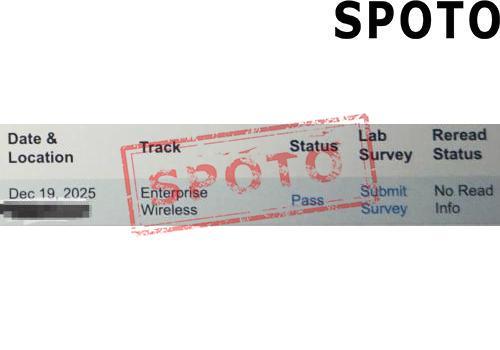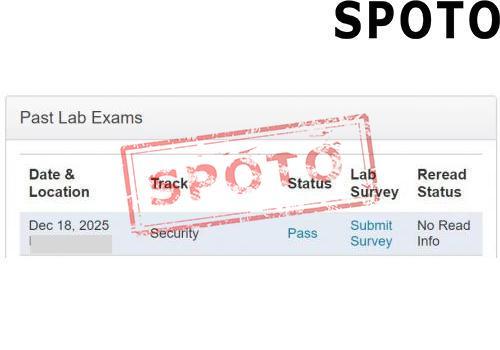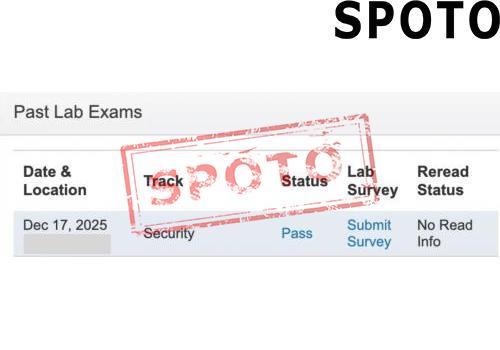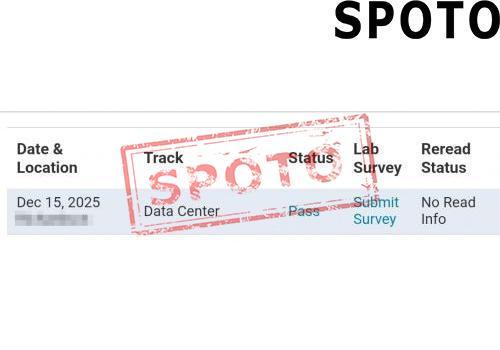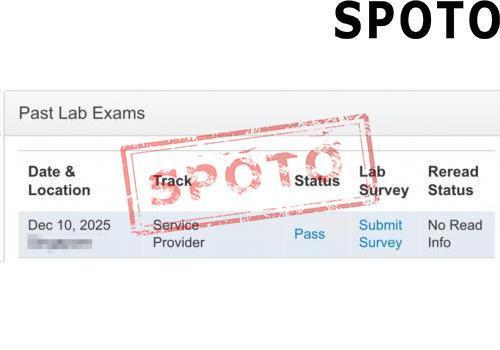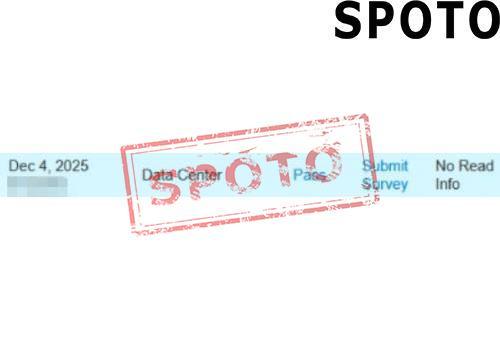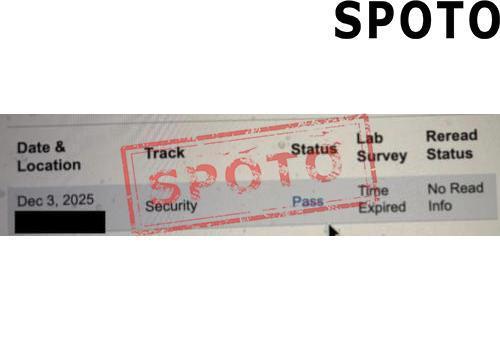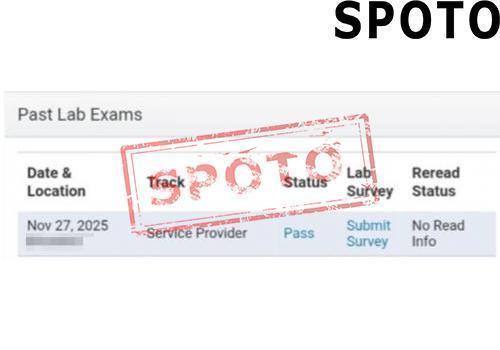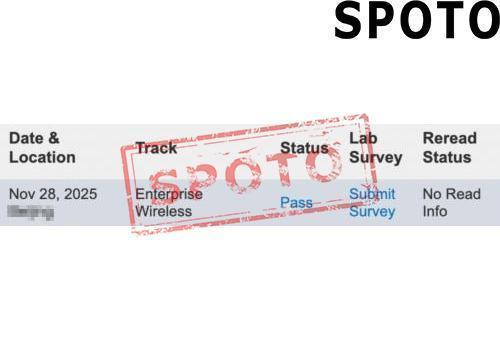
Table of Contents
In the ever-evolving world of network technology, MPLS has emerged as a crucial player in network security. This article will explore the fundamentals of MPLS, its significance in the CCIE Security exam, and its practical applications in securing modern networks.
MPLS is a versatile technology that operates by attaching short labels to data packets, enabling efficient routing and forwarding decisions. This streamlined approach offers benefits such as improved performance, increased scalability, and enhanced security features.
For CCIE Security candidates, a solid understanding of MPLS is essential. The exam tests expertise in designing, implementing, and troubleshooting network security solutions, and MPLS is a key component in this domain.
By understanding the fundamentals of MPLS and its security applications, you will be empowered to design, deploy, and maintain robust and secure network infrastructures, meeting the evolving demands of the digital landscape.
I. MPLS Overview
Multiprotocol Label Switching (MPLS) is an advanced data transmission technology that emerged in the late 1990s. Proposed by the IETF (Internet Engineering Task Force), MPLS addresses limitations in traditional IP networks, such as inefficiencies and lack of quality of service (QoS) controls. MPLS has become an indispensable part of modern networks due to its efficient data forwarding mechanism and powerful network management functions. It not only improves network performance but also provides a solid foundation for network security and quality of service. As network technology continues to evolve, MPLS will play a key role in building smarter, more flexible, and more secure networks.
1.1 How it Works
The working principle of MPLS is based on Label Switched Path (LSP). In an MPLS network, packets are assigned a label containing forwarding information. Network devices, such as routers and switches, decide how to forward packets by looking at labels, without the need for complex routing lookups for each packet. This significantly reduces processing time and increases data transfer efficiency.
1.2 The Importance of MPLS
MPLS plays a vital role in modern networks. It improves the speed and reliability of data transmission while providing strong service quality control. MPLS enables networks to distinguish between different traffic types and prioritize critical applications, ensuring business continuity and performance.
II. The Role of MPLS in the CCIE Security Exam
CCIE Security (Cisco Certified Internetwork Expert Security) is a coveted advanced certification for networking professionals, representing expertise in cybersecurity. As part of the CCIE exam, the understanding and application of Multiprotocol Label Switching (MPLS) is a key indicator of candidates' comprehensive network capabilities.
Ace the CCIE Security Exam with our Reliable Dumps!
2.1 Combination of MPLS and Network Security
The importance of MPLS in the CCIE Security exam stems from its central role in modern network security architecture. MPLS not only improves the efficiency and flexibility of the network but also provides fine-grained traffic management and service quality control, which is critical for ensuring network security.
2.2 Traffic Management and Security
MPLS allows network administrators to create specific forwarding paths tailored to the type, priority, and security needs of the data. This ensures that sensitive data is transmitted through the most secure and optimized path, avoiding potential cyberattacks and data breaches.
2.3 Coordination between VPN and MPLS
CCIE Security candidates must demonstrate their understanding of building a virtual private network (VPN) using MPLS. MPLS VPNs provide an efficient way to isolate traffic from different customers, even if they share the same physical network infrastructure. This isolation ensures the confidentiality and integrity of the data, a fundamental requirement for network security.
2.4 Troubleshooting and Security Analysis
Another key aspect of MPLS is troubleshooting and performance monitoring, which is also a focus of the CCIE Security exam. Candidates must be able to identify and resolve problems in the MPLS network, as this is directly related to the stability and security of the network.
III. Key Concepts and Technologies of MPLS
Multiprotocol Label Switching (MPLS) is a powerful networking technology that improves the efficiency and flexibility of networks by simplifying packet forwarding. In the field of network security, MPLS's key concepts and technologies play a crucial role in providing strong support.
MPLS enables efficient traffic management and fine-grained network security control through traffic classification for Forwarding Equivalence Class (FEC), fast forwarding of MPLS labels, complex decision-making for label stacks, and the synergy of Label Switching Routers (LSRs) and Label Edge Routers (LERs). The flexible configuration of Label Switched Paths (LSPs) further enhances the security and quality of service of the network. As cybersecurity threats evolve, a deep understanding and application of MPLS's key technologies are critical to building a more secure and reliable network environment.
3.1 Forwarding Equivalence Class (FEC)
FEC is a concept used in MPLS to group packets with the same forwarding characteristics. This allows network devices to process the entire traffic in a unified manner, rather than processing each packet individually. This is useful in network security, as it enables administrators to set specific forwarding policies and security measures for specific traffic types.
3.2 MPLS Labels
An MPLS label is a short piece of information attached to a packet, containing all the necessary forwarding information. The use of labels reduces the time for network devices to process each packet, resulting in faster data transfers. In cybersecurity, labels can be used to quickly identify and forward sensitive data through the most secure and optimized path.
3.3 Label Stack
A label stack is a collection of MPLS labels that can be placed at the head of a packet. The use of label stacks allows network devices to make more complex forwarding decisions during packet transmission, which is essential for implementing a multi-layered network security strategy.
3.4 LSR vs. LER
A Label Switching Router (LSR) is a core MPLS device responsible for forwarding packets based on their labels. Label Edge Routers (LERs) are devices that connect end-users and are responsible for bringing packets from the traditional IP network to the MPLS network. The synergy of LSRs and LERs ensures the secure transmission and proper distribution of data packets.
3.5 Label Switched Path (LSP)
LSPs are predefined paths in an MPLS network through which packets travel. The use of LSPs allows network administrators to set specific forwarding paths for different traffic types, which is critical for achieving traffic engineering and quality of service (QoS). In network security, LSPs can be used to ensure the priority transmission and isolation of critical data, improving the overall network security.
Ⅳ. MPLS Configuration and Management: A Basic Guide
Multiprotocol Label Switching (MPLS) is an efficient data forwarding technology widely used in modern networks to enhance performance and security. This article will provide basic steps for configuring MPLS and management strategies to ensure the network runs securely and efficiently.
Steps for MPLS Configuration
- Prepare Network Devices: Ensure all network devices support MPLS and are updated to the latest firmware.
- Configure MPLS: Enable MPLS functionality on the routers and configure relevant MPLS parameters.
- Define FEC: Determine the types of traffic to be grouped and define FECs for them.
- Assign Labels: Assign a unique MPLS label for each FEC.
- Establish LSP: Create Label Switched Paths (LSPs) to define the forwarding paths for packets.
- Configure LSRs and LERs: Configure label information and forwarding rules on Label Switching Routers (LSRs) and Label Edge Routers (LERs).
Configuration Example
Suppose we have two routers, R1 and R2, and we need to configure MPLS to optimize traffic. Here are the basic configuration steps:
R1(config)# mpls ip
R2(config)# mpls ip
R1(config)# ip route 10.0.0.0 255.255.255.0 10.10.10.2 tag 100
R2(config)# ip route 10.0.0.0 255.255.255.0 10.10.10.1 tag 100
R1(config)# mpls label range 100 200
R1(config)# mpls lsp to 10.10.10.2 with priority 0 65535
Managing MPLS Networks
- Monitoring: Regularly monitor the performance of the MPLS network, including the status of LSPs and label usage.
- Maintenance: Regularly check and update network devices to ensure they operate at peak performance.
- Security Policies: Implement security policies such as access control and encryption to protect the MPLS network.
- Troubleshooting: Familiarize yourself with MPLS troubleshooting tools and processes to respond quickly to network issues.
Configuring and managing MPLS is key to ensuring the efficient operation of a network. By following the correct configuration steps and management strategies, network administrators can optimize network performance while enhancing security. As network demands grow and technology evolves, continuous learning and adapting to new MPLS management tools and technologies are crucial for maintaining a healthy and secure network environment.
V. Common MPLS Issues and Solutions
Effective troubleshooting is crucial for maintaining the health and performance of MPLS networks. For CCIE Security candidates, mastering these skills is not just beneficial for the exam but also for a successful career in network security. By understanding common issues and their solutions, network engineers can ensure the stability and security of their MPLS deployments. Continuous learning and staying updated with the latest troubleshooting techniques are vital in the ever-evolving field of network engineering.
LSP Ping Failure
Issue: LSP ping is a method to verify the integrity of a Label Switched Path (LSP). Failure indicates a problem in the LSP path.
Solution: Use diagnostic tools to trace the path and identify the faulty hop. Check for misconfigurations or hardware issues at that point.
Label Misconfiguration
Issue: Incorrect label assignments or mismatches can cause traffic to be routed incorrectly.
Solution: Verify label assignments on all Label Switching Routers (LSRs) and ensure consistency across the network. Check for any mislabeling or typographical errors.
Resource Starvation
Issue: Over-allocation of labels or bandwidth can lead to resource exhaustion.
Solution: Monitor resource usage and implement Quality of Service (QoS) policies to prioritize traffic and manage resources effectively.
Routing Loops
Issue: Loops in the network can occur due to incorrect routing configurations, leading to trapped packets.
Solution: Utilize loop prevention mechanisms such as TTL (Time to Live) checks and ensure proper loop-free LSP configurations.
Performance Degradation
Issue: MPLS networks may experience slow performance due to suboptimal path selection or congestion.
Solution: Analyze traffic patterns and adjust LSPs for better load distribution. Implement traffic engineering to optimize paths.
Security Breaches
Issue: Inadequate security measures can lead to unauthorized access or data breaches.
Solution: Strengthen security by implementing access controls, encryption, and regular audits of MPLS configurations.
Protocol Misalignment
Issue: Discrepancies between routing protocols can result in inconsistent network states.
Solution: Ensure that all routing protocols are synchronized and that there is no version mismatch or misconfiguration.
Conclusion
MPLS is a crucial technology not only for improving network efficiency and flexibility but also for building secure network environments. The discussion in this article has highlighted the centrality of MPLS in network security strategy, offering a valuable career perspective for network engineers.
As technology continues to advance, MPLS will maintain its important role in the field of network security. This will present both new opportunities and challenges for network engineers, who must stay up-to-date with the latest MPLS-related developments and troubleshooting techniques.
For CCIE Security candidates, a deep understanding of MPLS is essential for success in the exam and for their professional careers. By mastering the key concepts, technologies, and troubleshooting skills related to MPLS, these candidates will be well-equipped to design, implement, and maintain robust and secure network infrastructures that meet the evolving demands of the digital landscape.
In conclusion, MPLS has become an indispensable component of modern network security, and the insights provided in this article can serve as a valuable resource for network professionals aspiring to enhance their expertise and excel in their field.
